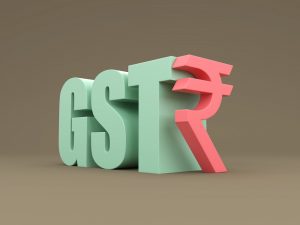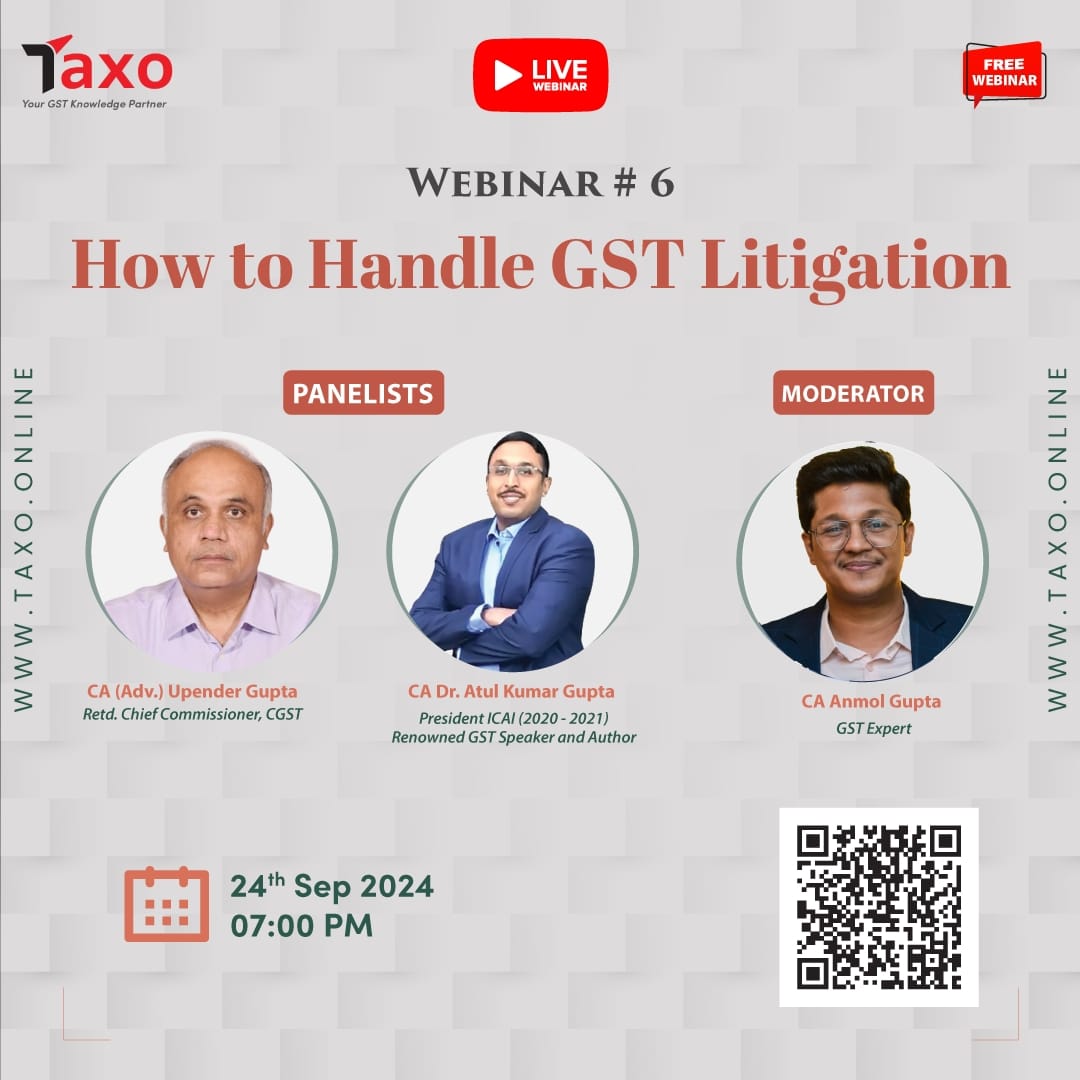 The GST (Goods and Services Tax) Council is likely to take up a proposal to correct the inverted duty structure in the fertiliser sector as part of its next round of reforms by September, according to government sources.
The GST (Goods and Services Tax) Council is likely to take up a proposal to correct the inverted duty structure in the fertiliser sector as part of its next round of reforms by September, according to government sources.
The plan, which may form part of the Group of Ministers’ (GoM) rate rationalisation report, aims to levy a uniform 12 percent GST on both fertiliser inputs and final products. The move is said to be backed by the Centre as part of the GST reforms.
“For fertilisers, GST inversion correction is still pending. If this continues, investments will not come into the sector,” a senior government source told Moneycontrol.
Subsidy mechanism
“The government is ready to provide higher subsidy and compensate for the loss due to higher GST. So, why distort the market with this inverted structure? The proposal is to make the GST rate 12 percent across the board. If the selling price rises, the government may provide a direct subsidy,” the source said.
Officials also pointed to the misuse of technical-grade and fertiliser-grade urea resulting from the tax rate gap. Technical-grade urea, which is taxed at a higher rate and meant for industrial use, is often misdeclared or diverted as fertiliser-grade urea—taxed at just 5 percent—to evade tax, leading to revenue loss and regulatory challenges.
“There are several issues with technical-grade and fertiliser-grade urea being used interchangeably. Fertiliser-grade urea is taxed at just 5 percent, while technical-grade urea — used in industrial applications — attracts a higher GST rate. This tax differential creates an incentive for some to misclassify technical-grade urea as fertiliser-grade to evade tax. If the subsidy is routed directly to the companies or users, and both grades are taxed uniformly, such misuse can be significantly reduced,” the source said.
Under the Direct Benefit Transfer (DBT) for fertilisers framework, the government releases 100 percent of the subsidy amount to fertiliser companies only after the sale is made to farmers. Sources said this system could be scaled up to absorb any price impact arising from a uniform 12 percent GST.
Cleaner rate design
The proposal aims to simplify the tax structure by eliminating the need for refunds and reducing administrative burden. Sources said the move would retain affordability for farmers while plugging leakages and improving fiscal efficiency.
“The structure should be corrected. If the inversion is removed, the price gap can be met through subsidy, allowing fertilisers to reach users at a lower cost,” the source said.
“Don’t distort the rate unnecessarily – otherwise hidden costs add up, capital gets stuck, and the industry loses competitiveness. These issues are expected to be part of the GST Council’s agenda by September,” he added.
Fixing the inversion, officials said, would improve transparency, reduce leakages, and make the fertiliser sector more investment-friendly – essential for strengthening agricultural productivity.
Source: Money Control


